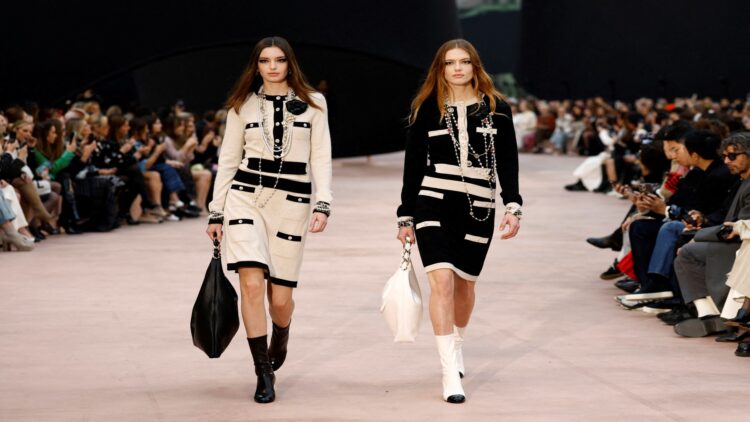Affluent American consumers are demonstrating remarkable resilience in the face of escalating luxury prices, continuing to purchase premium products despite significant tariff-driven cost increases across multiple categories. The phenomenon reveals a stark divide in consumer behavior, where wealthy shoppers maintain their purchasing power while middle and lower-income brackets tighten their belts amid economic uncertainty.
Premium brand performance is holding up under trade tariff shifts
Well-heeled shoppers around the United States seem – so far at least – willing to soak up price hikes for aspirational products from trendy Birkenstock sandals to Bugaboo prams, despite the impact of trade tariffs and belt-tightening elsewhere.
German sandal and clog brand Birkenstock BIRK.N has enjoyed strong consumer demand with little pushback from U.S. retailers since hiking prices at the start of July, its chief executive said on Thursday.
As brands raise prices and cut costs to mitigate the impact of higher U.S. tariffs on their imported products, a key question is the extent to which consumers will be put off and buy less, or simply walk away from purchases.
Comments from Birkenstock, Bugaboo, Coach, Ralph Lauren, and other brands at the premium end of the market suggest that, so far, affluent consumers are shrugging off price hikes.
Consumer response analysis
“We saw no pushback or cancellations following the July 1st price increases implemented in response to tariffs,” Birkenstock CEO Oliver Reichert told analysts on a call, adding demand for the brand has been “tremendously strong.”
The Bank of America, the largest consumer-facing U.S. bank, said this week that middle- and upper-income earners spent more on their credit cards in July than the same month last year. In contrast, spending among the lowest income bracket remained flat, the bank found.
Overall, U.S. consumer spending may stay strong, Bank of America said, as long as higher-income individuals keep spending. Lower-income earners account for only 15% of all U.S. consumer spending, according to Bank of America.
Market segmentation impact indicates that shoppers are becoming more selective
However, Procter & Gamble PG.N, maker of Tide detergent, reported signs of spending cutbacks among higher-income consumers, indicating that shoppers may be becoming more selective with their purchases.
Bugaboo, a Netherlands-based maker of expensive baby gear, also raised prices on its strollers, high chairs, and play pens by 50−300 in May because of U.S. tariffs. Retailers were open and accepting.
“In general we did not see any pushback. They are like us. They understand it is a fluid situation,” Chief Commercial Officer for North America, Jeanelle Teves, said.
Luxury brands are demonstrating resilience
Coach handbags also remain in strong demand despite a gloomier economic outlook: the brand drew in more than 4.6 million new customers in North America this year, many of whom are Gen Z and millennials, Tapestry CEO Joanne Kuvoiserat said on Thursday.
Coach, whose popular Tabby shoulder bags retail for $350, will maintain its operating profit margin despite the pressure of tariffs, Kuvoiserat said.
Ralph Lauren, meanwhile, raised its annual revenue forecast as shoppers snapped up items like its $398 Polo Bear sweaters. But consumers’ behavior in the coming months remains hard to predict, CEO Patrice Louvet highlighted on a conference call with analysts.
“The bigger unknown here today is the price sensitivity and how the consumer reacts to the broader pricing environment. So that’s what we’re watching very closely as we head into the second half.”
The stark contrast between affluent and lower-income spending patterns highlights growing economic inequality and its impact on market dynamics across different consumer segments. While luxury brands currently enjoy pricing power among wealthy consumers, the sustainability of this trend depends on broader economic conditions and the psychological comfort levels of high-income shoppers.
GCN.com/Reuters


